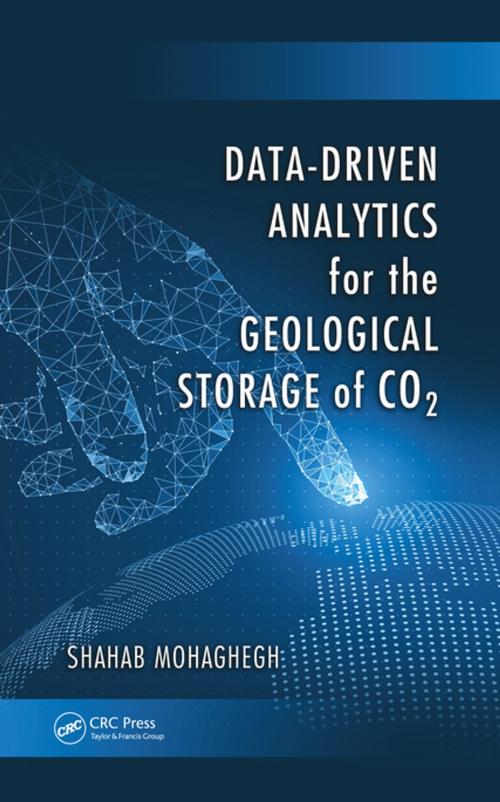Data-Driven Analytics for the Geological Storage of CO2
Nonfiction, Science & Nature, Technology, Engineering, Chemical & Biochemical, Environmental, Science, Biological Sciences, Environmental Science| Author: | Shahab Mohaghegh | ISBN: | 9781315280790 |
| Publisher: | CRC Press | Publication: | May 20, 2018 |
| Imprint: | CRC Press | Language: | English |
| Author: | Shahab Mohaghegh |
| ISBN: | 9781315280790 |
| Publisher: | CRC Press |
| Publication: | May 20, 2018 |
| Imprint: | CRC Press |
| Language: | English |
Data-driven analytics is enjoying unprecedented popularity among oil and gas professionals. Many reservoir engineering problems associated with geological storage of CO2 require the development of numerical reservoir simulation models. This book is the first to examine the contribution of artificial intelligence and machine learning in data-driven analytics of fluid flow in porous environments, including saline aquifers and depleted gas and oil reservoirs. Drawing from actual case studies, this book demonstrates how smart proxy models can be developed for complex numerical reservoir simulation models. Smart proxy incorporates pattern recognition capabilities of artificial intelligence and machine learning to build smart models that learn the intricacies of physical, mechanical and chemical interactions using precise numerical simulations. This ground breaking technology makes it possible and practical to use high fidelity, complex numerical reservoir simulation models in the design, analysis and optimization of carbon storage in geological formations projects.
Data-driven analytics is enjoying unprecedented popularity among oil and gas professionals. Many reservoir engineering problems associated with geological storage of CO2 require the development of numerical reservoir simulation models. This book is the first to examine the contribution of artificial intelligence and machine learning in data-driven analytics of fluid flow in porous environments, including saline aquifers and depleted gas and oil reservoirs. Drawing from actual case studies, this book demonstrates how smart proxy models can be developed for complex numerical reservoir simulation models. Smart proxy incorporates pattern recognition capabilities of artificial intelligence and machine learning to build smart models that learn the intricacies of physical, mechanical and chemical interactions using precise numerical simulations. This ground breaking technology makes it possible and practical to use high fidelity, complex numerical reservoir simulation models in the design, analysis and optimization of carbon storage in geological formations projects.















